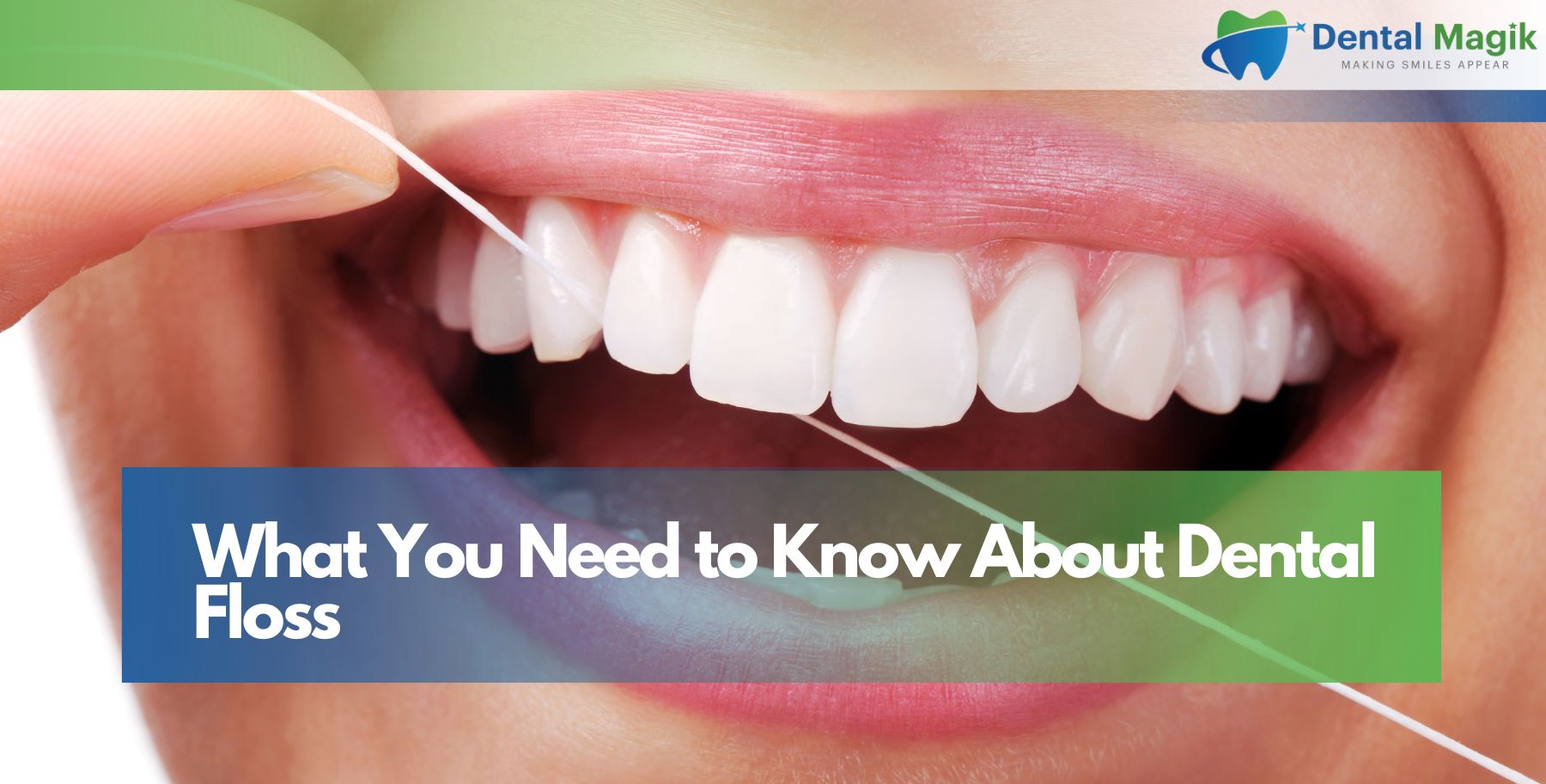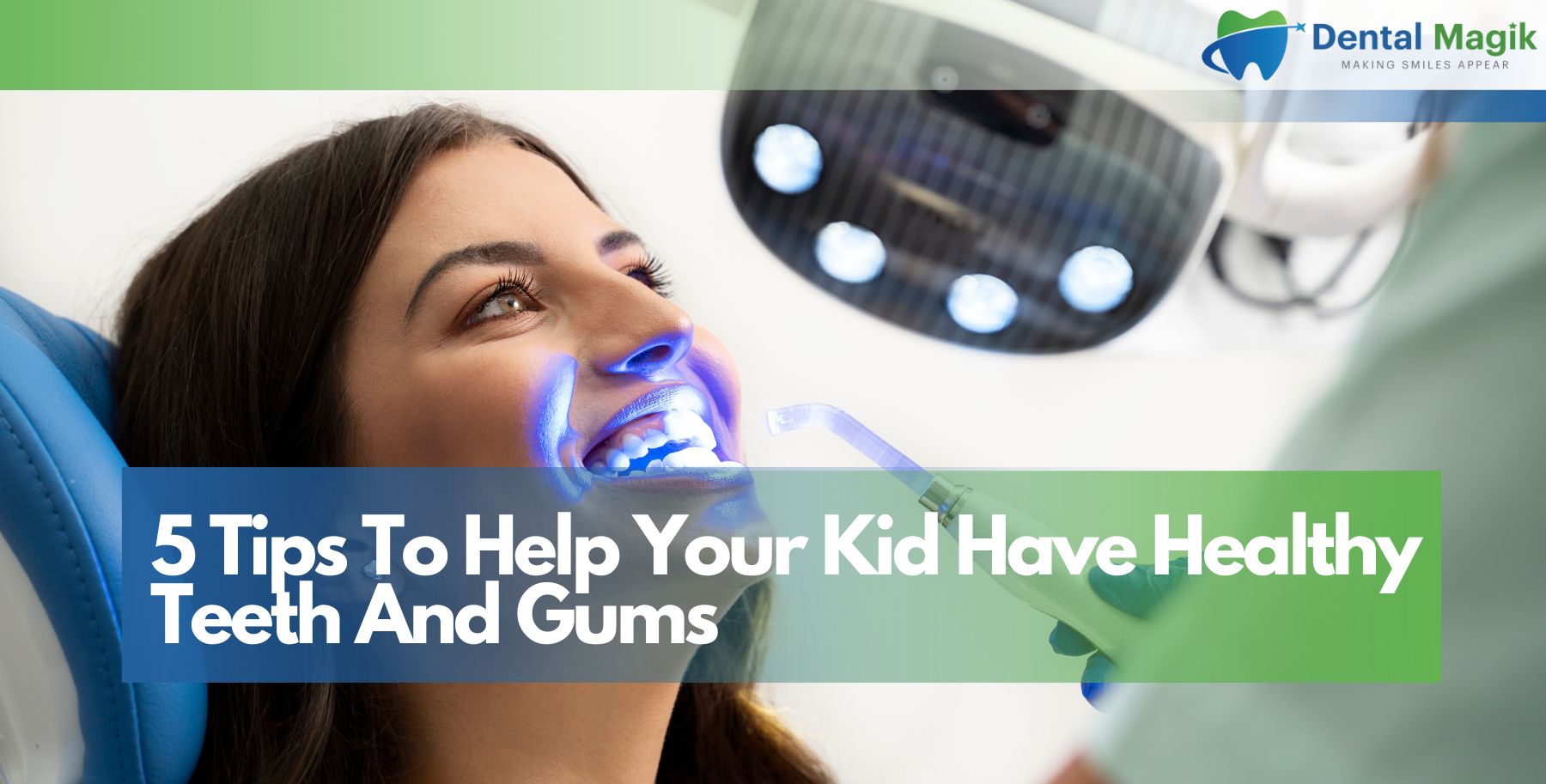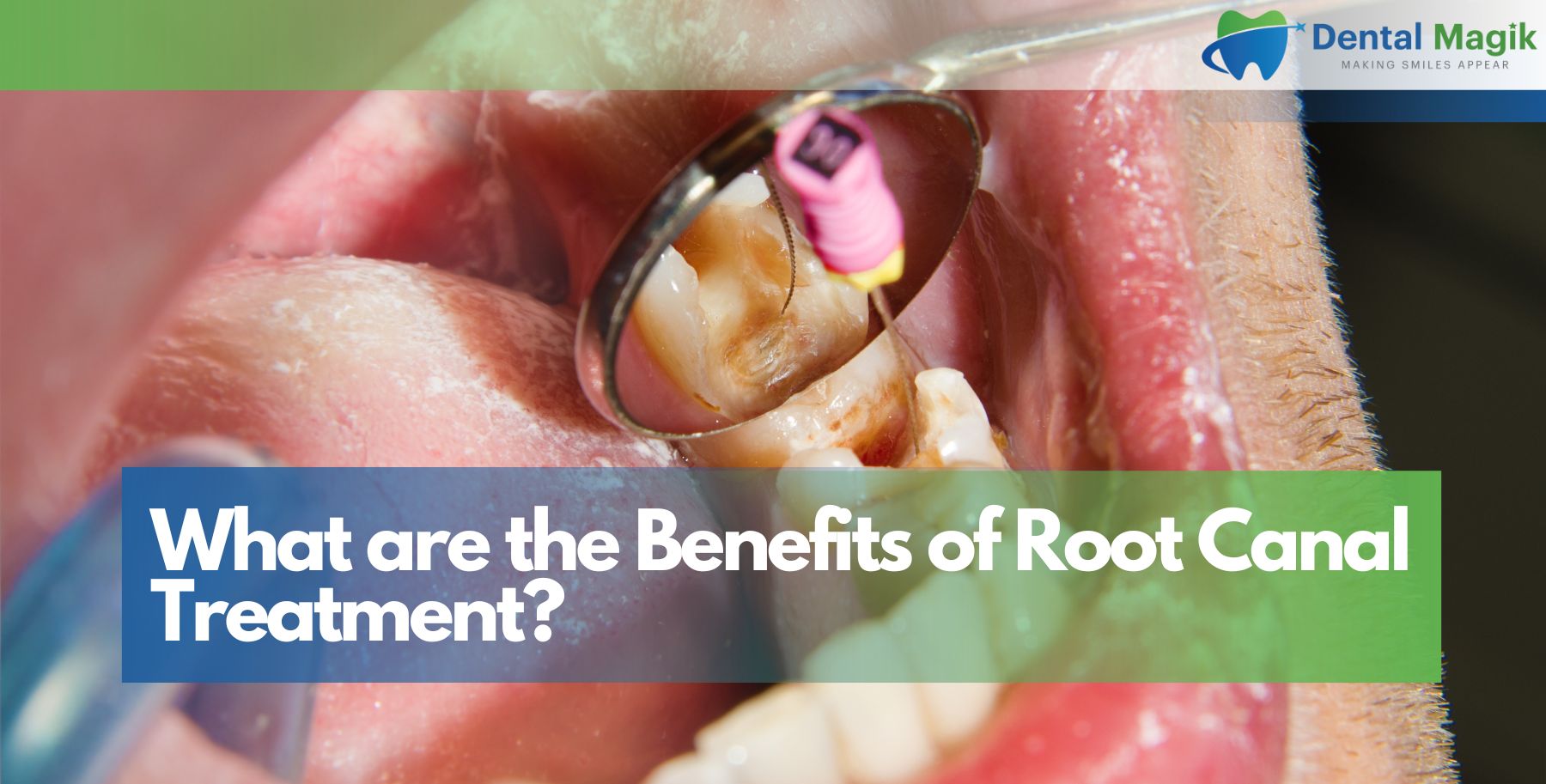When your child complains about tooth pain, it can be worrying as a parent. Sometimes, the problem is more than just a simple cavity. In some cases, the tooth might need Endodontic Treatment. You’ve probably heard this term before, especially if you’ve had a root canal yourself, but is it really necessary for children? Let’s explore this in depth so you can feel confident about your child’s dental care.
This guide will walk you through everything you need to know about pediatric endodontic treatments, what signs to watch for, and how this treatment can save your child’s smile.
What Is Endodontic Treatment?
Endodontic Treatment is a dental procedure designed to treat issues inside the tooth, specifically the pulp and roots. It’s often associated with root canal therapy but also includes other treatments for maintaining the health of the tooth’s interior.
Understanding the Tooth Pulp
The pulp is the soft tissue inside the tooth that contains nerves, blood vessels, and connective tissue. It plays a vital role in a developing child’s tooth, but if it gets infected or inflamed, it can cause significant pain and complications.
Why Children Might Need Endodontic Treatment
While many think only adults need root canals, children can require this treatment too. Injuries, untreated cavities, or genetic conditions can all damage the pulp, leading to the need for endodontic treatment in East Brunswick, NJ, or wherever you are located.
Signs Your Child Might Need Endodontic Treatment
As a parent, it’s important to recognize the symptoms early.
Persistent Toothache
If your child complains of a lingering toothache that doesn’t fade, it could be a sign of pulp inflammation or infection.
Sensitivity to Hot or Cold
Unusual sensitivity when eating hot soup or enjoying an ice cream cone can signal internal tooth problems.
Swelling Around the Gums
Swelling or tenderness around the affected tooth may indicate an infection inside.
Darkening of the Tooth
An injured tooth may darken, a sign that the pulp inside is damaged.
Loose Teeth
If a tooth feels loose without an obvious reason like natural shedding, it might be time to consult a pediatric dentist.
Types of Endodontic Treatment for Children
There are a few common procedures your dentist may recommend, depending on your child’s needs.
Pulpotomy
This is the most common procedure for children. The dentist removes the damaged pulp from the crown of the tooth while leaving the healthy pulp in the roots intact.
Pulpectomy
In this more extensive treatment, the entire pulp from both the crown and the root is removed, cleaned, and filled with a safe material.
Root Canal Therapy
Yes, kids can have root canals too! It’s less common but essential if the damage is severe and aims to save the natural tooth.
Benefits of Endodontic Treatment for Children
While the idea of dental work might seem scary for kids, the benefits far outweigh the temporary discomfort.
Pain Relief
The most immediate benefit is getting rid of the pain. Once the damaged pulp is removed, your child will feel relief.
Saves Natural Teeth
Preserving natural teeth is always preferable to extraction, especially for maintaining proper speech and chewing function.
Prevents Further Complications
Left untreated, infections can spread, leading to more severe health problems.
Supports Jaw Development
Keeping natural teeth supports healthy jaw and facial development in children.
Step-By-Step Process of Endodontic Treatment
Understanding the process can ease your worries as a parent.
Step 1: Examination and Diagnosis
The dentist will perform a detailed examination, often including X-rays, to assess the damage.
Step 2: Local Anesthesia
To ensure your child’s comfort, the dentist will numb the area around the affected tooth.
Step 3: Removal of Damaged Pulp
Using precise tools, the dentist will remove the infected or damaged pulp tissue.
Step 4: Cleaning and Filling
The empty space is cleaned and filled with biocompatible material to prevent future infections.
Step 5: Restoration
Depending on the tooth, a crown or filling is placed to restore strength and function.
Finding the Right Pediatric Endodontist
It’s crucial to choose the right dental professional for your child.
Qualifications to Look For
Seek out a dentist with specialized training in pediatric dentistry and experience with endodontic treatment in East Brunswick, NJ, or your local area.
Comfort and Communication
A great pediatric dentist will ensure your child feels safe and comfortable throughout the process.
Post-Treatment Care and Recovery
After treatment, your child’s tooth needs proper care.
Managing Discomfort
Some mild discomfort is normal. Over-the-counter pain relief and following the dentist’s aftercare instructions will help.
Proper Oral Hygiene
Encourage regular brushing and flossing to maintain dental health.
Follow-Up Visits
Regular check-ups ensure the treated tooth remains healthy and strong.
Alternatives to Endodontic Treatment
Sometimes, alternatives may be considered.
Extraction
In cases of severe damage, the dentist might recommend removing the tooth and considering space maintainers.
Monitoring
If the pulp isn’t severely affected, the dentist might monitor the situation with regular check-ups.
How to Prevent the Need for Endodontic Treatment
Preventive care goes a long way.
Regular Dental Visits
Routine dental check-ups can catch issues early before they worsen.
Use Mouthguards
If your child plays sports, a mouthguard can prevent injuries.
Good Oral Hygiene Habits
Teach your child to brush and floss daily.
Conclusion
Caring for your child’s dental health is a top priority, and understanding when they might need Endodontic Treatment is essential. With early detection and expert care, this procedure can save your child’s tooth, relieve their pain, and support healthy oral development.
If you’re concerned about your child’s dental pain or think they might need specialized care, consider visiting a trusted Dentist in East Brunswick, NJ. Local professionals familiar with endodontic treatment in East Brunswick, NJ, can provide expert guidance and compassionate care for your little one.
Common Questions Parents Ask
Can baby teeth really need endodontic treatment?
Yes! Even though baby teeth fall out, they play an essential role in guiding permanent teeth into place.
Is endodontic treatment painful for kids?
Not with modern anesthesia and gentle techniques. Most children handle the procedure very well.
How long does the treatment take?
Usually, it can be completed in one or two visits, depending on the complexity.
Will my child need a crown?
Often, yes. Especially for molars, a crown helps restore function and protects the treated tooth.







